Review: Sónar Reykjavík
The event took place March 16 and 17 in Reykjavík, Iceland.
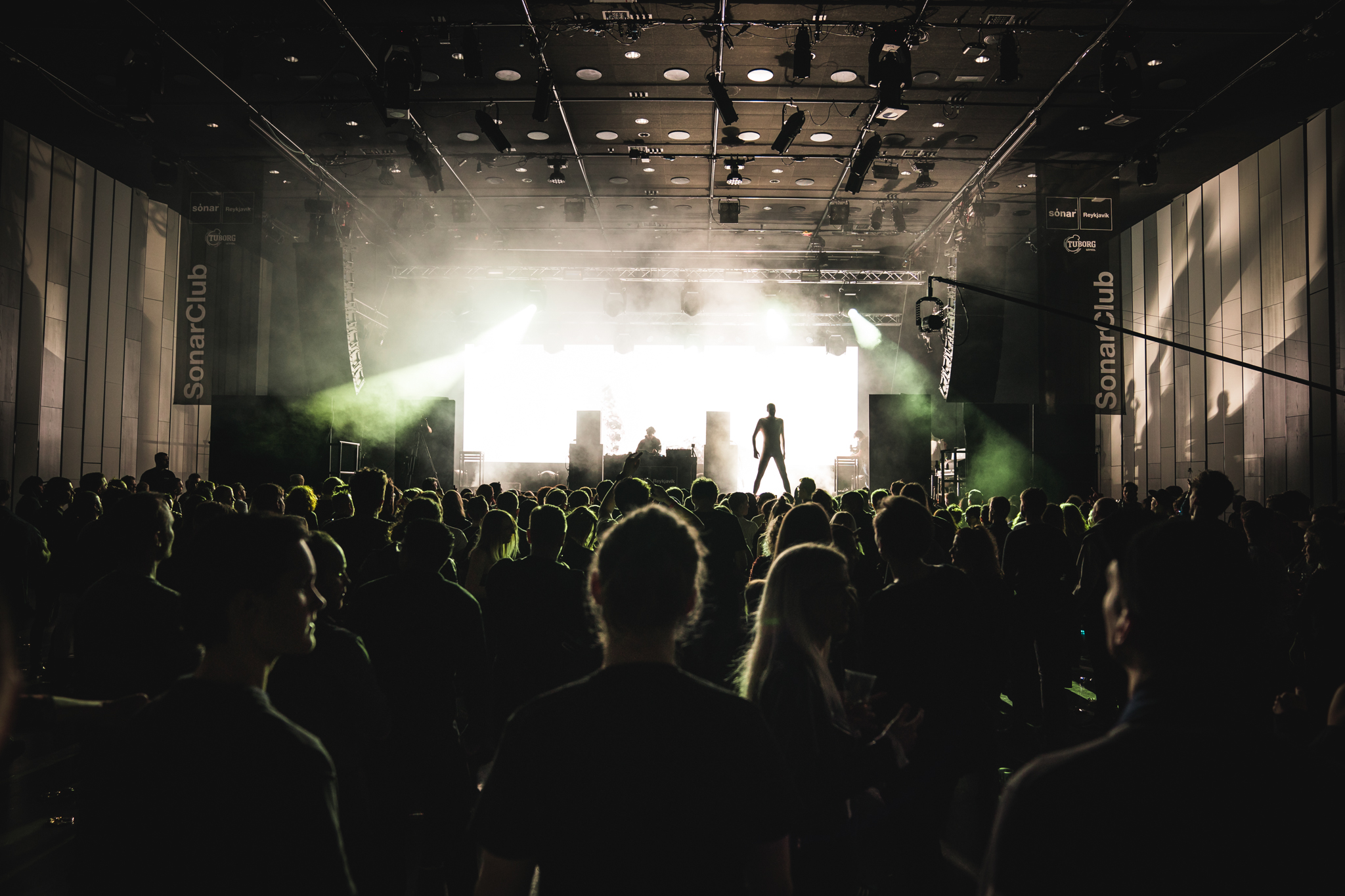
Riding from Keflavik Airport to Reykjavik, I became hypnotized by the landscape’s bleak, desolate beauty—where lone, deserted concrete structures dot the barren, snow-covered rocky hills. Before approaching Reykjavik proper, you’re invited into the country’s folklore with signs reading “Viking Town” and “Elf Town,” juxtaposed by modern, brutalist industrial structures and towering glass monoliths. It’s a fitting arrival to Sónar Reykjavik, the experimental music and arts festival taking place in one of the world’s most intriguing country’s.
Iceland’s stark beauty, as I would come to realize, is reflected in much of the music presented at Sónar Reykjavik, which prides itself on fusing an international presence with a beguiling local artist offering. The artists assembled for this year’s edition mostly sit in the experimental realm, from the warped rap fusion of Icelandic artists Lord Pusswhip, Reykjavíkurdætur, and JóiPé and KRÓLI, to Ben Frost’s searing ambience and the confounding rhythms of Jlin—all fitting soundtracks to a region full of geographical wonders.
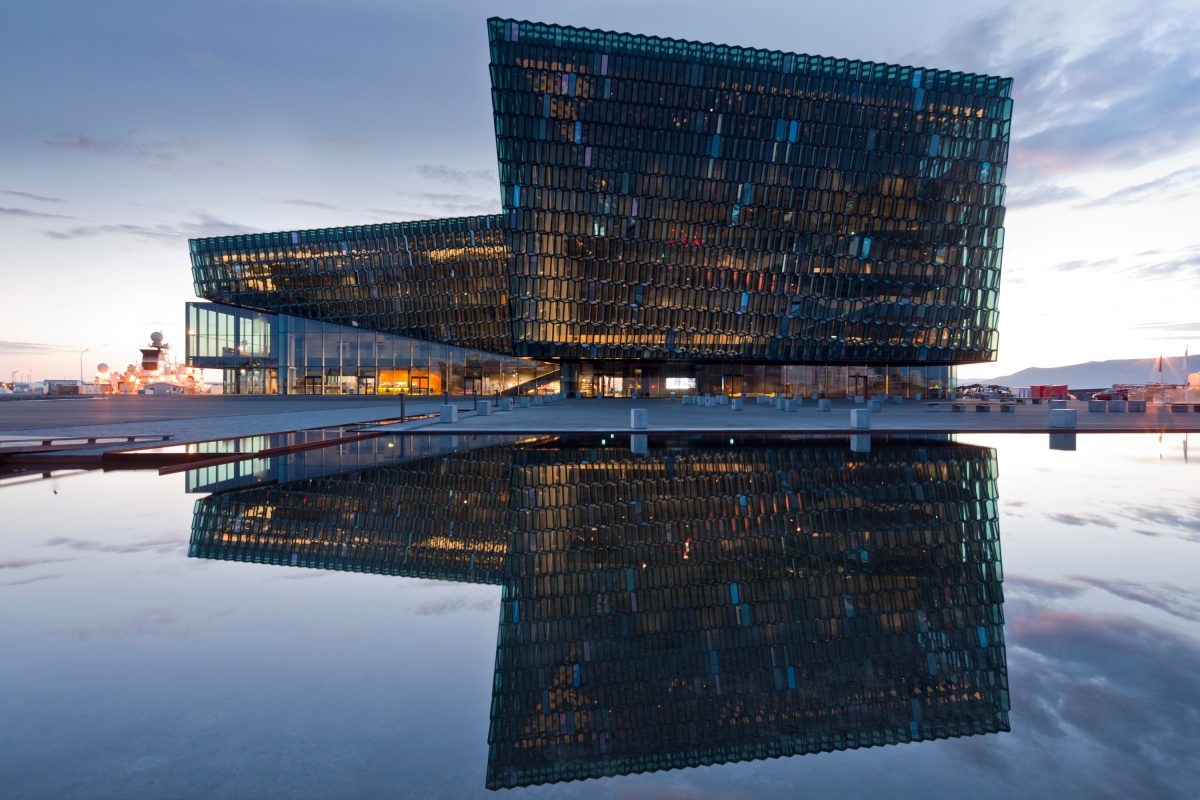
The official programming takes place at the Harpa, an alluring glass structure that acts as the festival’s only multi-stage venue. The building’s towering presence cuts an awe-inspiring figure with the ocean and snow covered mountains as its backdrop, and for a first time visitor to both the city and Sónar, it immediately roused excitement for the approaching festivities.
Still in its infancy, Sónar Reykjavik isn’t without its teething problems, to be expected given its remote location and Iceland’s modest population. On Friday, the festival’s opening night, attendance was noticeably low, which hampered the atmosphere and vibe a little—it did, however, make moving around the venue easier. Secondly, the sound at the RBMA stage was subpar. Lafawndah’s achingly beautiful performance, for example, was hampered by low volume. That being said, and to the festival’s credit, these issues had been ironed out by the second day, promising for the years to come.
The sound wasn’t an issue at the three other stages, including at SonarLab, presented by Resident Advisor, where Lena Willikens delivered one of the weekend’s best sets. Her skill at mixing disparate styles in a fluid and cohesive manner is something to note; across her one-and-a-half-hour time slot, she moved through electro, techno, and wave-influenced club cuts in a subtle and graceful manner that had the whole crowd transfixed—and dancing wildly, mind you.
Unfortunately, I didn’t get to see Jlin, but by all reports, she too played a standout set that had everyone in attendance—including Björk—flailing their limbs in uncontrollable spasms. Back up in the SonarClub, the festival’s biggest room, Danny Brown captivated an excited crowd who, after Brown announced it was his birthday, sung the Detroit rapper happy birthday—much to his delight and surprise. Although his abrasive persona isn’t for everyone, Brown’s stage presence and charisma is hypnotizing and, for the closing set of the festival’s first night, an impressive and inspired booking.
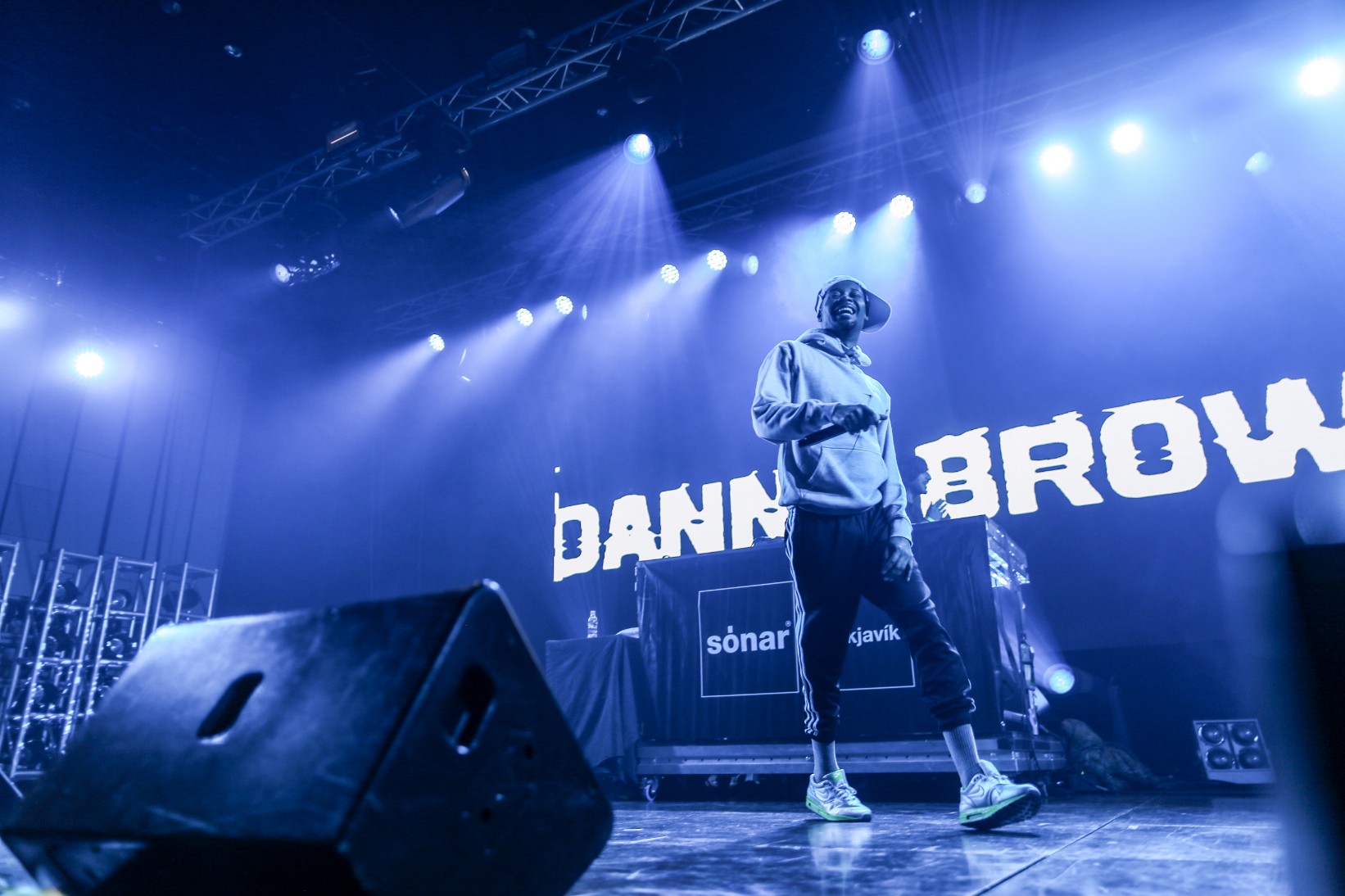
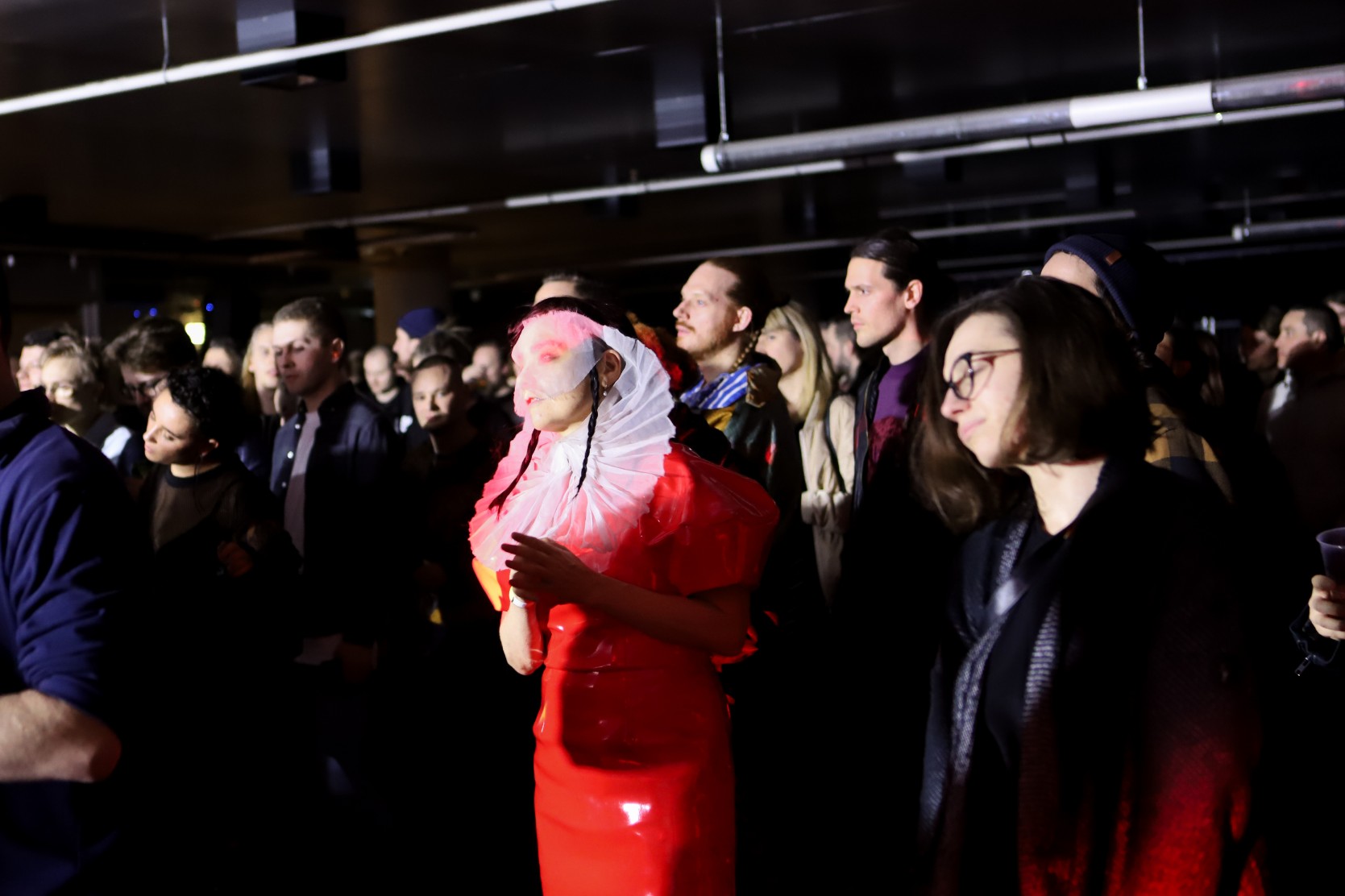
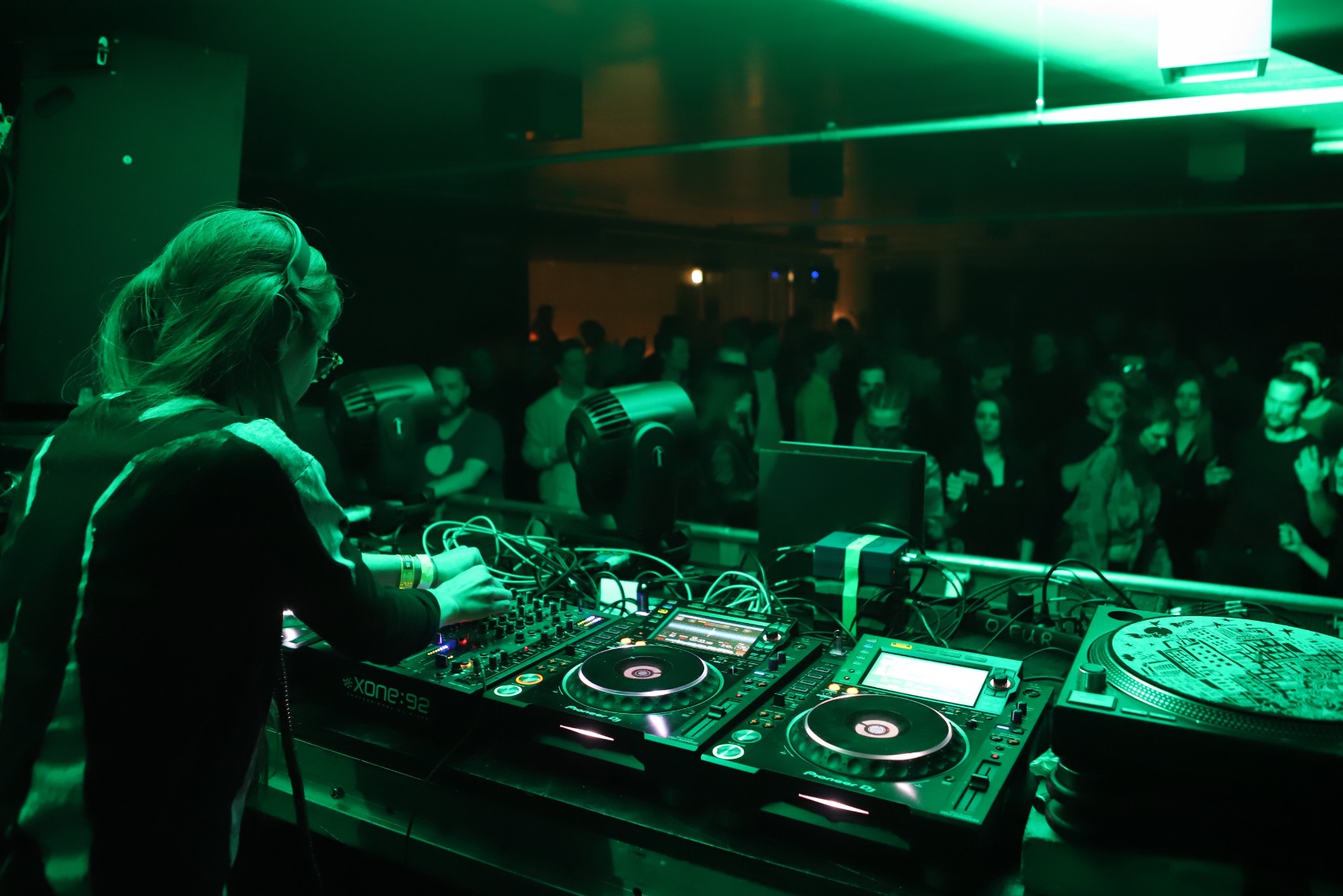
As alluded to earlier, one of the ace’s up Sonar Reykjavik’s sleeve is the region’s beauty and its harsh, old-worldly history. Most international attendees, myself included, had a range of extracurricular activities and tours planned outside of the festival’s offering—most of these were recommended by the festival, too, encouraging local immersion. From renowned attractions such as the blue lagoon to the natural geysers, the countless waterfalls, the golden circle tour, and lava caves, Iceland is a country with a seemingly endless amount of adventure and exploration on offer. Even a walk around Reykjavík harbor presents views rarely seen anywhere else in the world. For foodies, too, the city offers a long list of establishments serving an array of fresh fish and locally sourced condiments—the Bryggjan Brugghús, located in the harbor just up from the Harpa was one such place worthy of mention.
After somewhat of a slow start, Saturday proved to be the most impressive of the festival’s two-day run and, arguably, the most musically diverse. The harsh, powerful electronics of Ben Frost kicked things off, with the Australian-born, Reykjavik resident creating confronting yet engrossing waves of sound. Armed with an array of synthesizers, controllers, and a guitar, which he utilized to draw droning feedback from the speaker stack, Frost delivered a set that played out like a score to a harsh Icelandic winter. Next door in the SonarHall, as Underworld were halfway through playing their third track to a jam-packed room, 10-member female hip-hop collective Reykjavíkurdætur (which translates as “Daughters Of Reykjavík”) stepped up. Although I couldn’t understand the lyrics, the group drew me in with their alluring performance, which, as I could concur from the recognizable beats and melodies, featured covers of popular hip-hop tracks alongside a raft of originals. Their performance and ideology, which looks to “rebel against conservative misogynistic values of modern society,” was indicative of a strong female presence at the festival, a shift towards equality that resulted in a refreshing energy and numerous scintillating performances.
Returning to the city for the first time since 1994, Underworld showed once again why they are so revered. With the ever-enigmatic Karl Hyde cutting shapes and Rick Smith arming an array of gear, the duo spun through classics such as “Dark & Long (Dark Train),” “Cowgirl,” and “Jumbo,” much to the glow-stick-welding crowd’s delight, before closing on their notorious cut “Born Slippy,” which, as Hyde explained, was the first time they had played it in Iceland.
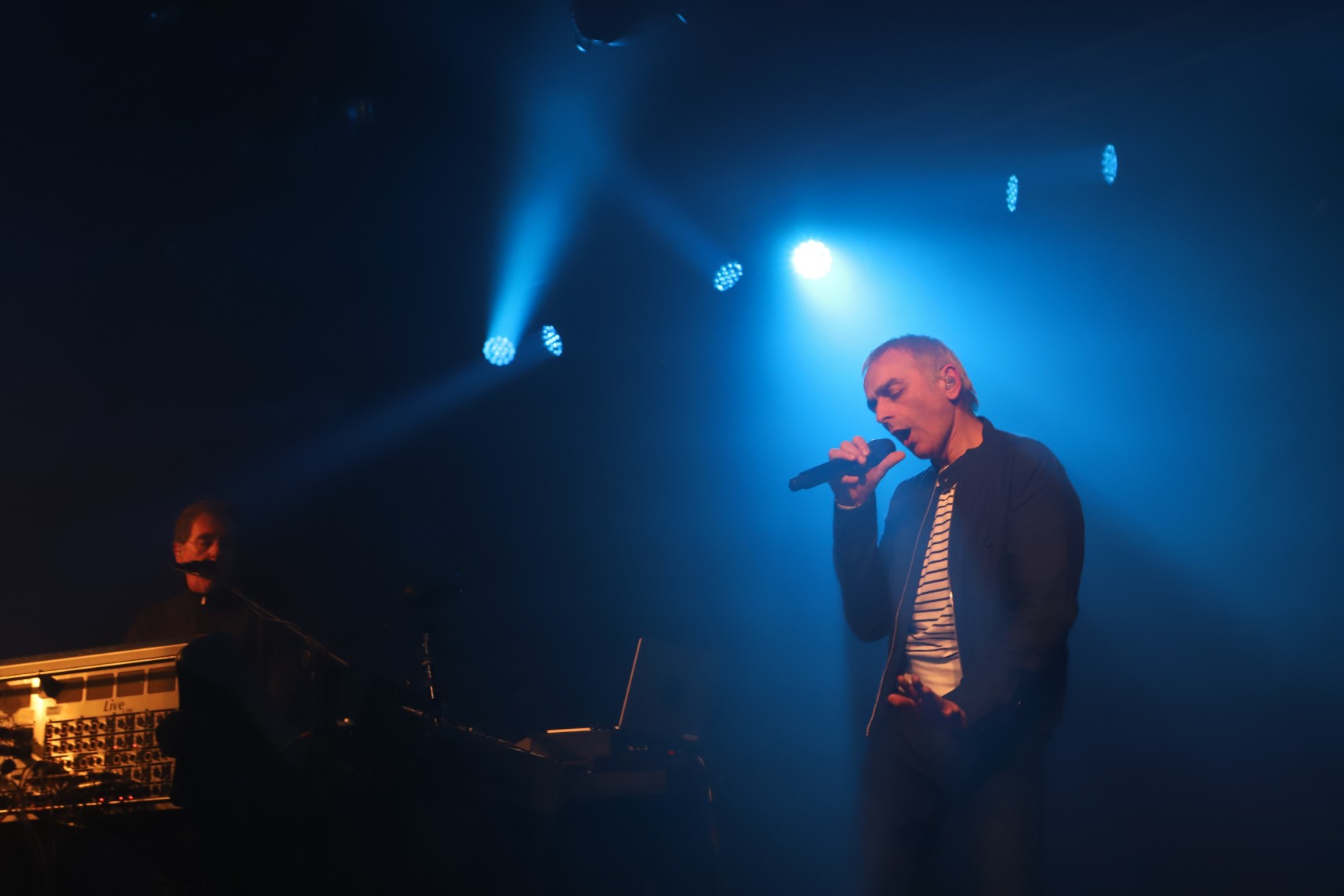

After a short break, proceedings were handed over to local icon Bjarki to close the SonarClub stage—a monumental task after Underworld. Backed up by a Blue Man Group-like cast of masked dancers and TV-faced mannequins, the bbbbbb label-head patiently built his set with a raft of broken beat cuts, warped techno, and out-there breaks. With each new track and energy shift, Bjarki conjured more people through the doors after the mass exodus after Underworld, and by the midway point of his set, it was packed with swaying heads and shuffling feet.
Down in the SonarLab, it was left to Cassy and local DJ Yamaho to close the festival proper—every year, as a direct reflection of its ethos, Sonar pairs an international guest with an Icelandic DJ to close the festival. Over their two-hour time slot, Cassy and Yamaho delivered cut after cut of groove-laced house and techno, showing just how seamless and enjoyable B2Bs can be when they work, with tracks like Mr. G’s “Ben & Gerd (Killin It M Day)” getting a rapturous response. Once the last track played out at 4 a.m., thunderous applause and calls for “one more track” filled the car park; although, this time, that was that and Sonar was done.
As far as destination festivals go, you’d be hard-pressed to find one with as wide an offering as Sónar Reykjavik. For those looking for a welcoming party atmosphere, you can find it there; for those after a stimulating mix of experimental music, that too is there; and for those after adventure and exploration outside of the club, Reykjavik and its surrounding region has it in spades. Even with the slight drawbacks mentioned above, this year’s edition of Sónar Reykjavik was one of the most enjoyable and memorable festival experiences I’ve had in some time, and one I’ll be returning to for years to come.

